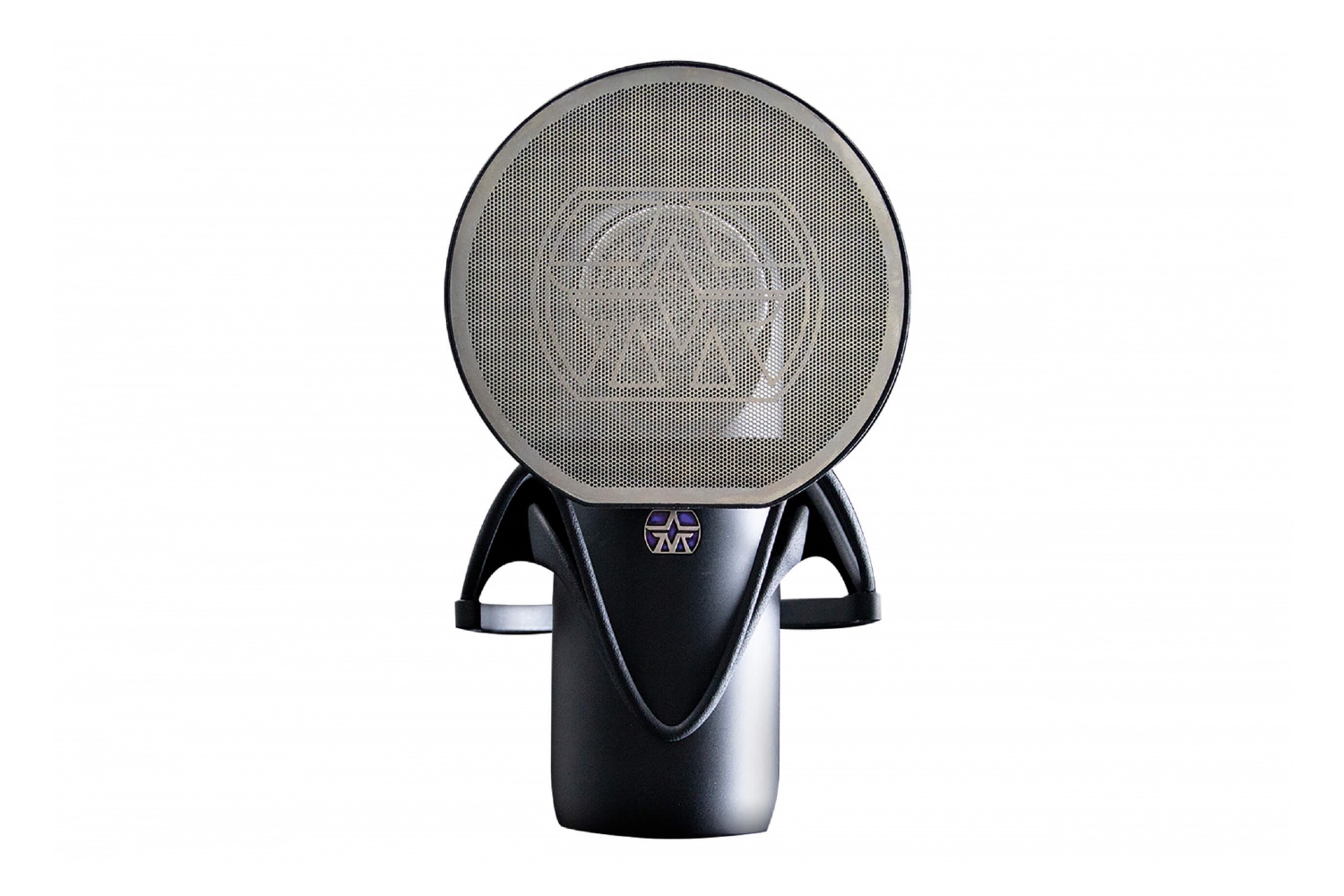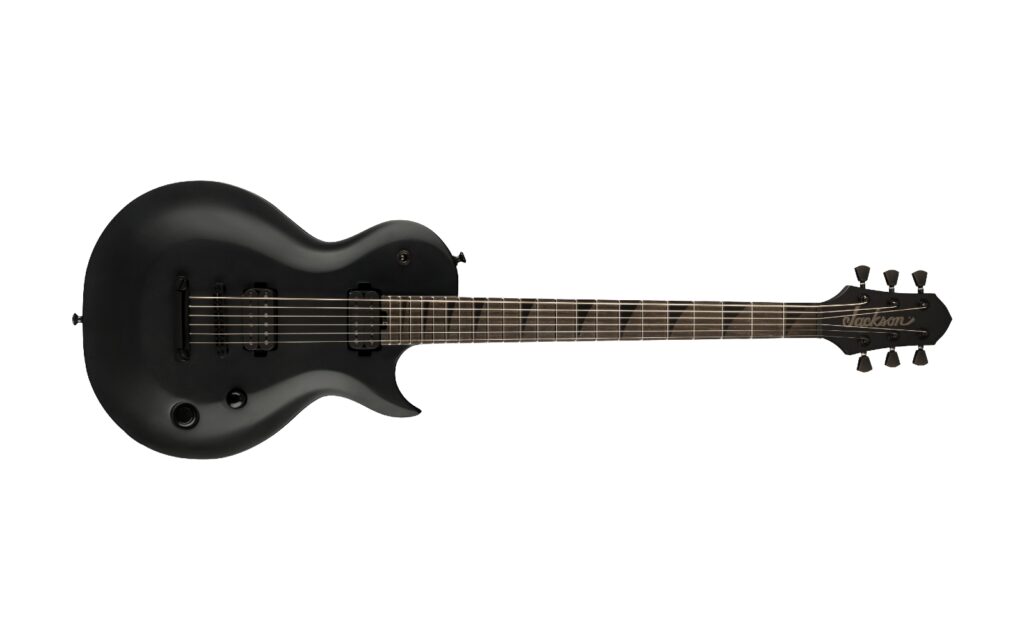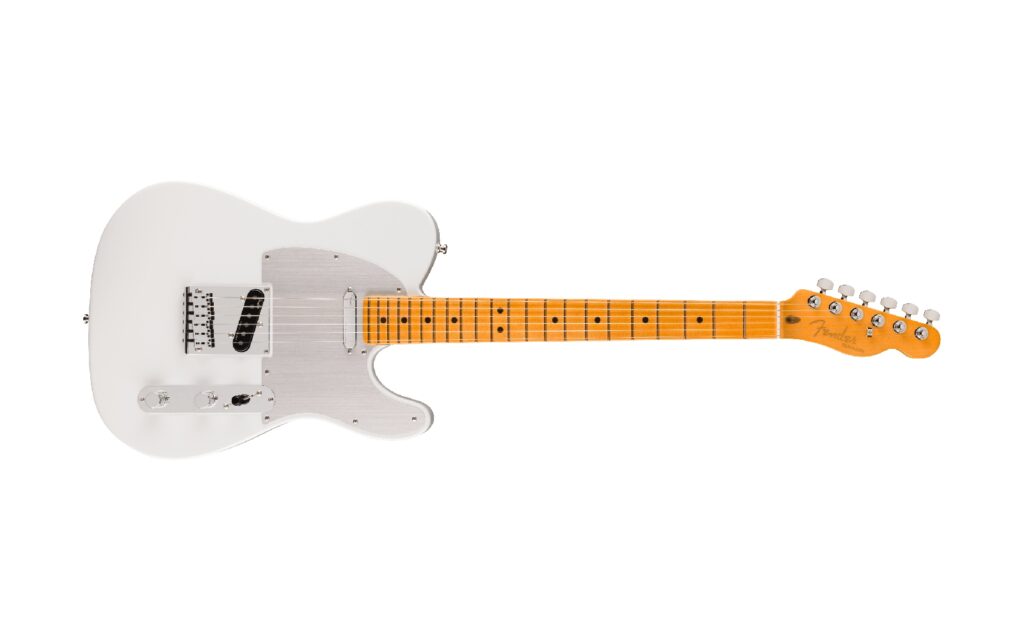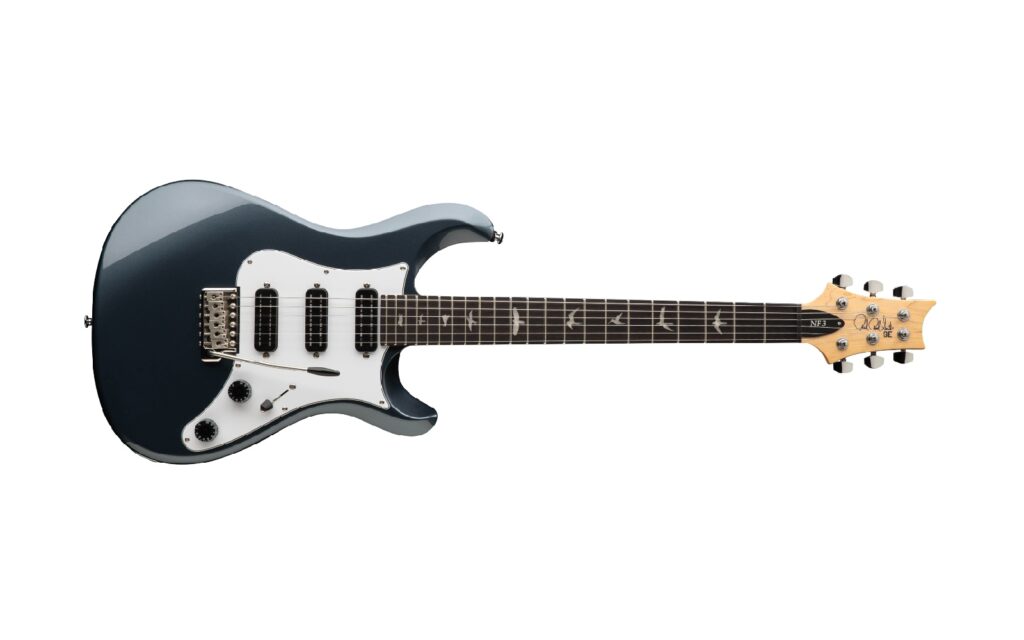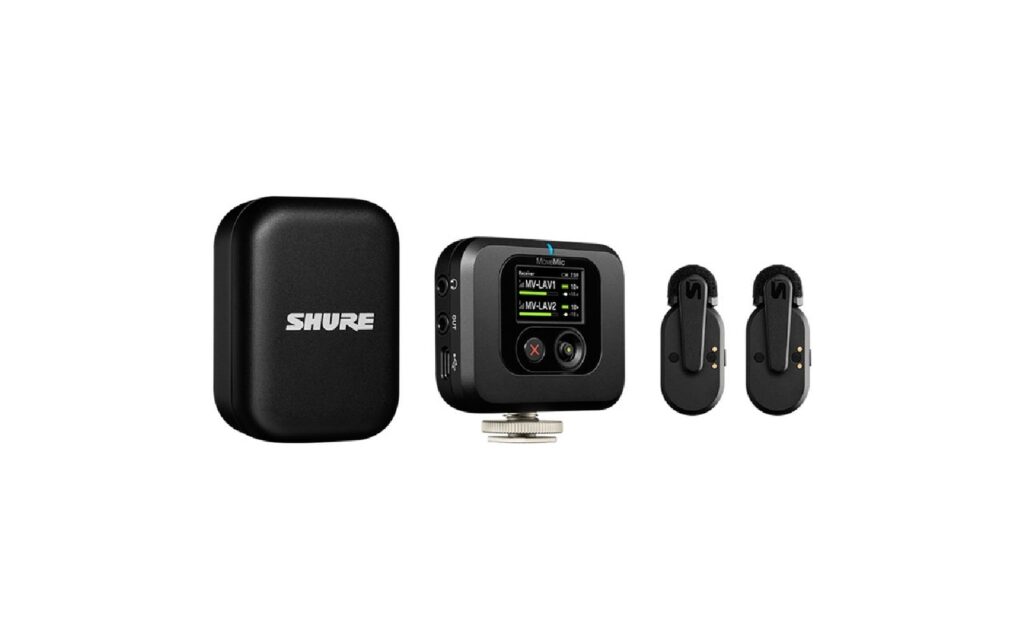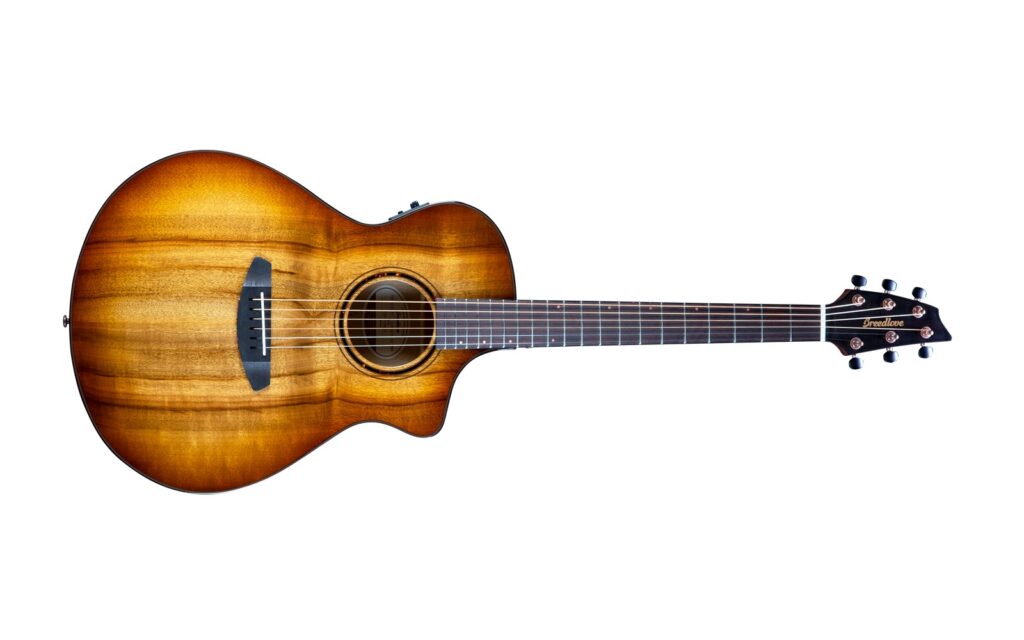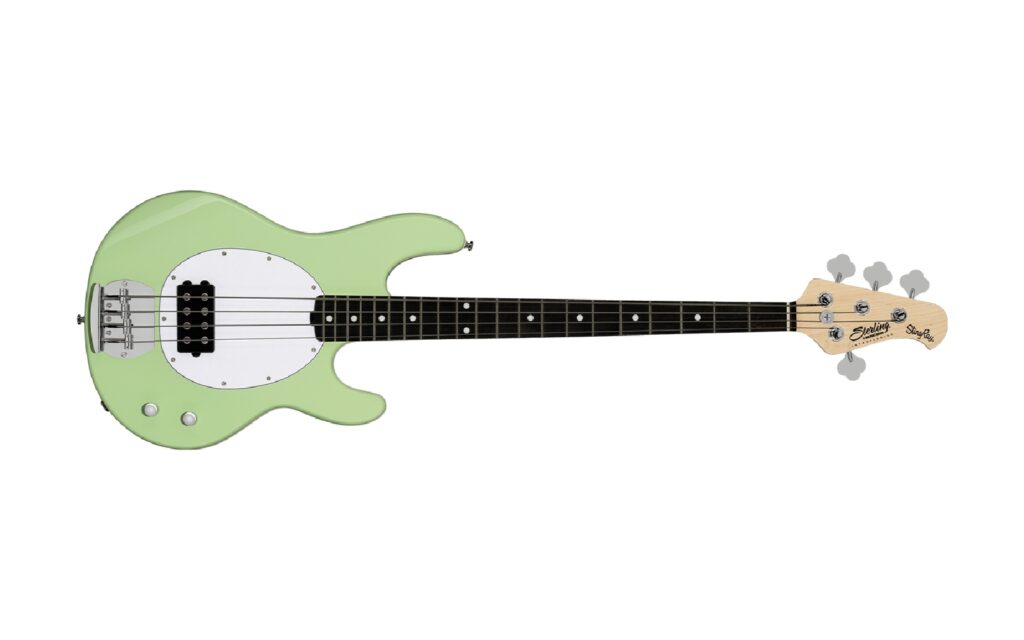Distributed by: Link Audio | Expect to pay: $369
Pro audio very rarely caters to the everyman. For those new to the world of recording, whether aspiring recording engineers, hobbyists, or musicians trying to record a demo to attract the attention of a label, quality microphones appear to be both exclusive and expensive. The other side of the coin is that affordable ‘studio’ microphones tend to be anything but flattering, with harshness, hissiness and all round unpleasantness the norm.
Aston’s latest offering, the Element, aims at deconstructing the limitations placed on home recordists, paving the road for affordability and inclusivity in the realm of high quality recording equipment.
As a company, Aston are not one to skim over the critical research and development stage and in the case of the Element, it’s etched into the fabric of what has makes the Element such an excellently designed and likeable microphone.
The product of an industry-wide survey in which over 4000 producers, engineers and musicians, gave their feedback after a series of blind tests, listening sessions and peer reviewed A/B shootouts with the very best of the competition, it was only after 18 months of critical listening tests, data collection and voluntary feedback that the final design and voicing of the Element was settled upon.
The result is one of the most forward thinking Studio mics i’ve ever encountered, regardless of pricepoint. It’s a microphone that couldn’t be better suited to the modern guerilla style of recording, with its novel RidyonTM capsule technology, intriguing powered moving coil topography and Robin Hood pricing.
In case you don’t speak fluent mic nerd, to put it simply, the Element is a rare beast that combines elements and design tropes from all three main mic categories and combines them into something that is both unique and extremely well suited to non treated spaces (and does so at a price well below what you would expect to pay for a microphone with this many tricks up its sleeve.)
An active, large diaphragm moving coil (not ribbon) cardioid microphone with just enough HF response and transient accuracy to rival most condensers, The Element is the first of its kind (and something of an anomaly in the space, at least at this point in the evolution of mic design.)
The Element shapes up to be an excellent all-rounder microphone with a very even frequency response, capable of recording just about anything- from vocals and electric guitar, acoustic instruments and even drums.
Aston’s dedication to the people is obvious upon opening the box; the microphone comes with a shock mount and a sleek magnetic pop shield. A seasoned collector of microphones may have an appropriate mount and pop shield when they purchase a new microphone, but one who is purchasing their first microphone will find the inclusion of these very thoughtful.
A LED logo in Aston’s signature purple lets you know when the microphone is receiving phantom power, a useful feature for those who have read Mixing With Your Mind and appreciate the added ambiance of singing in total darkness but still want their voice to hit the microphone on-axis.
The microphone is encased in a matte black metal body, with a 360-degree elastomer suspension system safely housing Aston’s RidyonTM capsule tech. The quasi- cardioid polar pattern resembles a seashell, a quick test confirming that the Element has respectable off-axis rejection, particularly for its price point. With a maximum SPL rating of 132dB and an equivalent noise level of 3.8 dbA (A-weighted), the Element can handle both ultra-loud and ultra- quiet recording scenarios without introducing noise or distortion.
The capsule in the Element is significantly larger than most moving-coil capsules, having more in common with Broadcast style large diaphragm dynamics like the SM7b and RE20, than it does something like a handheld dynamic. Being an active microphone means, that unlike those aforementioned mics, it relies significantly less on preamp gain whilst also hinting at a slightly lighter moving coil and better transient response – Aston are keeping pretty tight-lipped regarding exact diaphragm sizes and the inner workings of the Element – and rightly so!
The Element shows its all-rounder nature in its awesome approach to proximity effect, being able to comfortably capture the sub-bass of a bass guitar or a baritone voice in a way that many microphones in its price bracket could only dream of doing (again very much a trait of a Large Diaphragm Dynamic).
This also means that it lacks the upper- mid chirp that often accompanies many of the well known snare and guitar cab mics of yore, but is absolutely perfect for offsetting bright snare drums or single coil guitar pickups, which it pairs with extremely well. This flatness at the most audible frequencies only further cements the Element’s role as crowd pleaser by doing away with a lot of the frequency pile-up that often comes with recording multiple parts of a track with a single microphone.
The Element also maintains its frequency response well into the high end of the audible frequency spectrum, with a surprising amount of definition and air at 5k and up (again another indication of a fast reacting diaphragm).
The Element represents a great advancement in microphone technology, and maintains Aston’s reputation for delivering cutting edge designs and best-in-price performance. While an obvious choice for a first microphone due to its all-round performance, the Element is also a boon for any studio, no matter how small or large; a go to choice for recording toms, brass, or practically anything due to its democratic frequency response. It’s unique topography, ability to tame harsh rooms and flattering but detailed frequency response means that it is sure to be seen as a highly influential, evolutionary cornerstone, for years to come.
In a product category that often fetishises the classics, there have been only two microphones in recent history that have made me sit up and take notice as something genuinely new and cutting edge. The first was Austrian Audio’s incredibly powerful OC818 and now (thanks to its excellent capsule design and dedication to the Vox Populi) Aston’s Element. Top marks all round.
Find out more about the Element via Aston Microphones.
